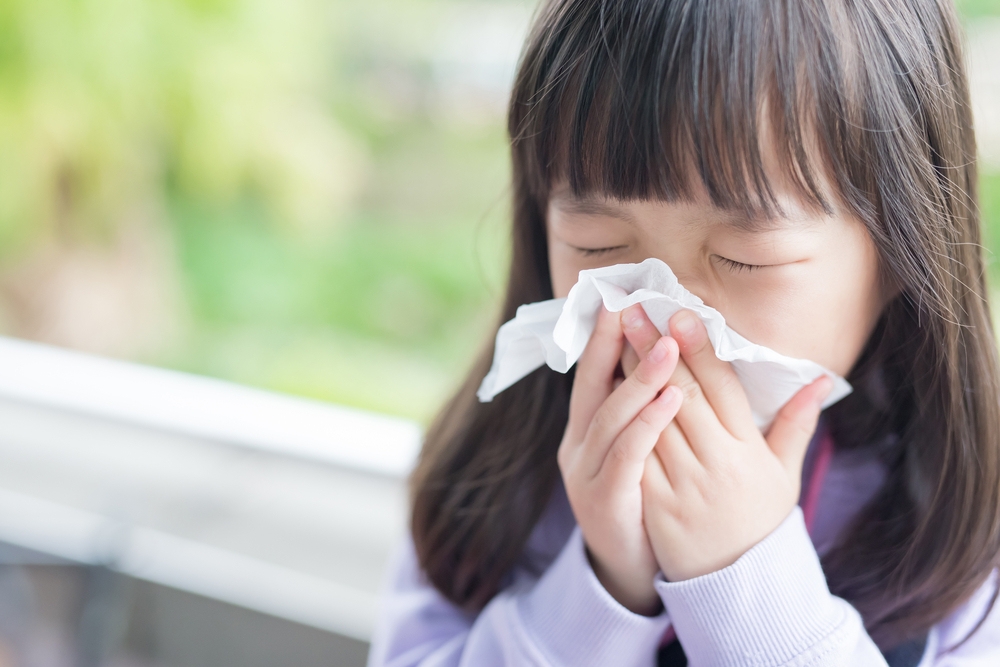
Recently, a mother came to see me with a 3-year-old child. The mother said that the child’s resistance was very weak and she was often prone to colds. She always had runny nose, sneezing and nasal congestion. She also liked to rub her nose and eyes. Clearly, she went to bed at 9 o’clock in the evening. How did she have dark circles under her eyes?
After inquiry, I found that the child was not suffering from poor resistance or cold, but allergic rhinitis.
Parents are surprised that their children do not catch a cold, but they do not care much about allergic rhinitis:
Fortunately, it is not poor resistance, my friend’s children also have allergic rhinitis, or they often sneeze with runny nose, which seems not to be a big problem in what.
The attitude of parents made me suddenly find that many people’s misunderstanding of allergic rhinitis is really too deep.
In fact, allergic rhinitis and colds are not only very different, but also a big hidden danger that cannot be ignored for children. They are by no means what [minor ailments].
Is what allergic rhinitis?

Allergic rhinitis, known as allergic rhinitis, is an inflammatory disease of nasal mucosa characterized by nasal mucosa congestion, runny nose and nasal itching. It is often accompanied by sneezing, conjunctival stimulation and other symptoms and is one of many allergic reactions.
As we all know, our immune system will identify and judge foreign objects entering the human body. Under normal circumstances, it will be released when it is beneficial to the human body. If it is harmful to human body, it will be eliminated.
Pollen, dust mites, mold, animal dandruff and other in vitro substances, normal people’s immune system will not make special inflammatory response to it.
However, some children with immune system disorders will regard them as foreign bodies of the body and produce corresponding antibodies. When the body comes into contact with these substances again, nasal congestion, sneezing, nasal itching, runny nose, cough and other symptoms will occur, namely allergic rhinitis.
The most common allergens in daily life are pollen, dust mites, mold, animal dandruff, etc.
Children over 2 years old are more likely to suffer from allergic rhinitis, and the incidence rate will also increase with age. The prevalence rate of allergic rhinitis among children in some areas is even as high as 20.42%.
Symptoms seem mild and harm is not controlled for a long time.
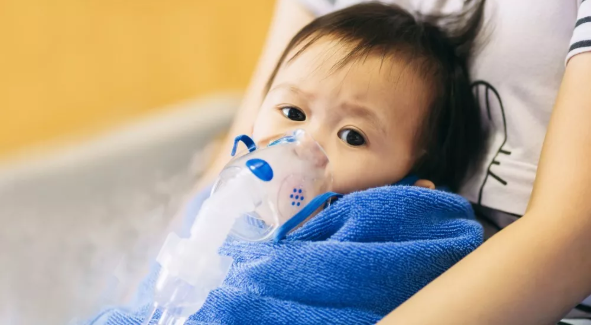
In the eyes of many parents, allergic rhinitis is not so serious, that is, sneezing more and nasal mucus more, it is good to endure it. Besides, treatment and non-treatment are similar. This idea is totally wrong.
Allergic rhinitis may become more and more serious if it is not controlled.
Allergic rhinitis can induce nasal polyps, sinusitis and otitis media.
Some children with allergic rhinitis who have adenoid hypertrophy themselves will also repeatedly stimulate adenoids due to nasal mucus flowing back to throat, resulting in adenoid hypertrophy and long-term non-relief, which may lead to adenoid face. To put it bluntly, it is ugly.
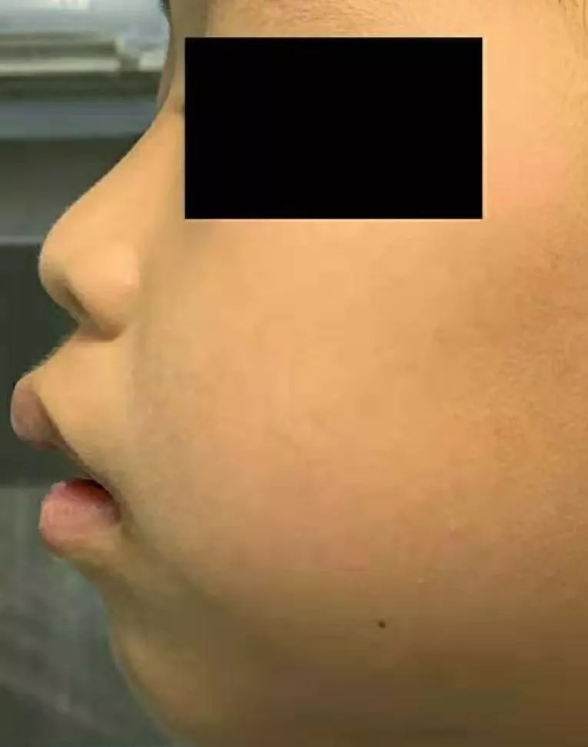
If the child’s nasal congestion is serious, resulting in insufficient oxygen inhalation, it will also cause brain hypoxia.
If you don’t sleep well at night and don’t feel energetic during the day, your child will become irritable, irritable, easily agitated, angry and even furious.
The consequences of this neglect will continue until the children go to school, because discomfort and inability to concentrate will also affect the children’s academic performance.
In addition, about 35% of children with allergic rhinitis will suffer from bronchial asthma. When asthma attacks, children will suffer from chest tightness, asthma, dyspnea, very uncomfortable, and even suffocate to death in severe cases.
Another data also shows that the prevalence rate of asthma among children in China is on the rise.

In the middle, asthma in many children could have been avoided as long as it was effectively controlled during allergic rhinitis.
Therefore, I would like to stress once again that allergic rhinitis is a very painful disease. Children sneeze and have runny nose when they are mild, and affect development and learning when they are severe. Once they cannot be cured, they must pay attention to it.
How to distinguish children, is allergic rhinitis or cold
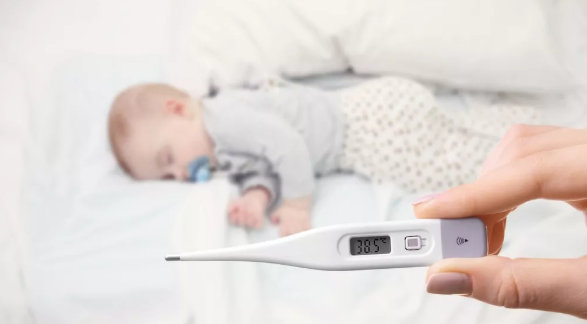
It is also runny nose and sneezing. It seems that allergic rhinitis is indeed similar to the common cold, which makes many parents confused.
In fact, it is also very simple to distinguish. I have combed a table for everyone, which can be comprehensively compared and judged from six aspects.
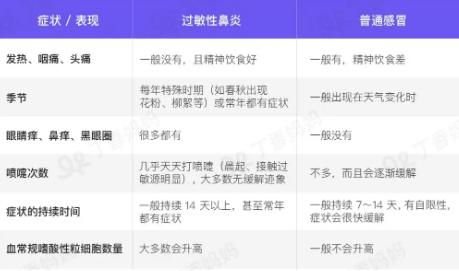
If the child suffers from allergic rhinitis for a long time or the condition is not controlled for a long time, the following symptoms will also occur.
1. Allergic conjunctivitis
Allergic rhinitis may also be accompanied by allergic conjunctivitis. Children are allergic to one thing. It is impossible to have symptoms only on their nose, but also on their eyes. If children often rub their eyes, they should pay special attention to the itching of their eyes.
2. Dark circles

Some children have dark circles under the eyes, which is actually the shadow of the lower eyelid due to venous reflux disorder caused by swelling of the lower eyelid. Just like the case I mentioned at the beginning of the article, parents wonder that children go to bed early but have dark circles under the eyes, which is caused by allergic rhinitis.
3. Scratch the palate with your tongue to make a bounce.
Many parents also think that the child did it on purpose and thought it was fun. In fact, it was because of pruritus in the palate. Scraping with the tongue can relieve it slightly.
4. Transverse nasal wrinkles
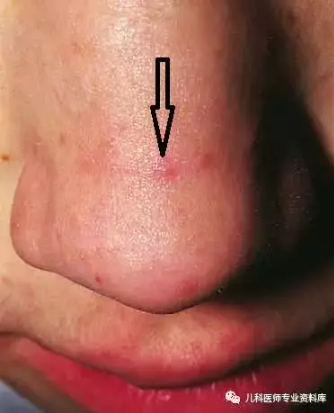
This is because the wrinkles on the nose caused by the child repeatedly rubbing his nose upward with his hand are in the middle and lower 1/3 of the nose (he can push his nose upward and feel that this place is exactly the nasal cartilage, blocking his hand and cannot push up), as shown by the arrow in the above figure.
5. Allergic salute sign
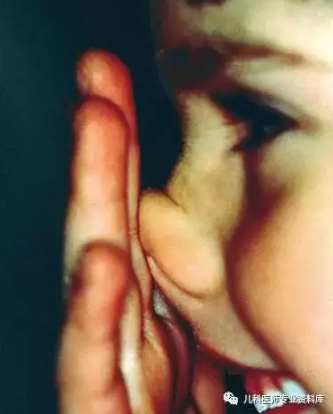
Children may not complain of itchy nose after they have itchy nose, but they often show signs of sucking, wrinkling and rubbing nose, of which rubbing nose is called [allergic salute sign]-because it is not a real salute.
If the child is found to have similar symptoms, parents are advised to take the child to have an examination as soon as possible, which is likely to be allergic rhinitis.
Children suffer from allergic rhinitis, drug treatment is very important.
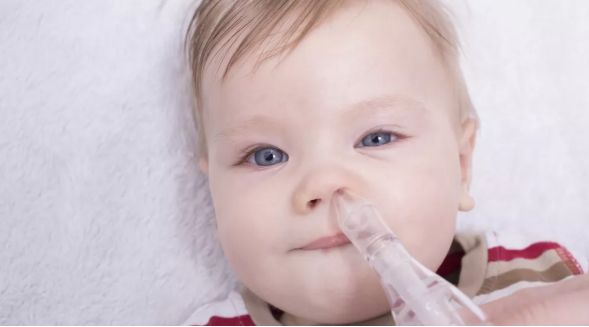
Nasal Spray Hormone: This is the first-line drug for the treatment of allergic rhinitis. At present, the common nasal glucocorticoid, such as mometasone furoate (nesuna), etc. Antihistamines: such as cetirizine, loratadine syrup, etc. Anti-leukotriene drug: montelukast sodium, can relieve nasal congestion.
Hydroxymethazoline: It can relieve local congestion and edema.
The specific use of what medicine depends on the doctor’s specific diagnosis. Never buy it for your children.
In addition, normal saline spray or nasal aspirator can be kept to clean children’s noses.
Older children can use normal saline to spray their noses, while older children can use nasal washers to wash their noses.
Allergic rhinitis cannot be cured completely, and prevention is the top priority.

Allergic rhinitis cannot be cured completely, which also means that parents should pay more attention to prevention and help their children to control the symptoms so as not to deteriorate to a more serious level.
1. If you are allergic to pollen, when there is more pollen in the air in spring and autumn, you should reduce going out and wear masks and glasses when going out.
2. If you are allergic to dust mites, keep your family clean and tidy. Quilts and pillows are often taken to bask in the sun. Pillows are best not to use down or fluffy, which is more likely to breed dust mites. Bedsheets, quilt covers, etc. can be soaked and cleaned in water at 50 ℃ ~ 60 ℃, and then exposed to the sun.
3. Fungi prefer warm and humid environment, and the most suitable temperature for growth is about 25 ℃. Therefore, prevention is mainly to keep the room dry and reduce the humidity of the room appropriately, which can reduce the reproduction of fungi.
4. If children are allergic to animal dandruff, it is best not to keep pets. If you must keep pets, you should also pay attention to pet hygiene and try to contact children as little as possible.
Allergic rhinitis looks like a cold, but its lethality is not in an order of magnitude. It will accompany the child’s life, and the beautiful season like spring and autumn, when flowers bloom and leaves fall, is also the nightmare of children with allergic rhinitis-endless sneezing, endless nasal mucus, and endless paper towels.
Allergic rhinitis is not a what [minor disease]. If it is discovered earlier, treated and controlled earlier, the child will suffer less.
